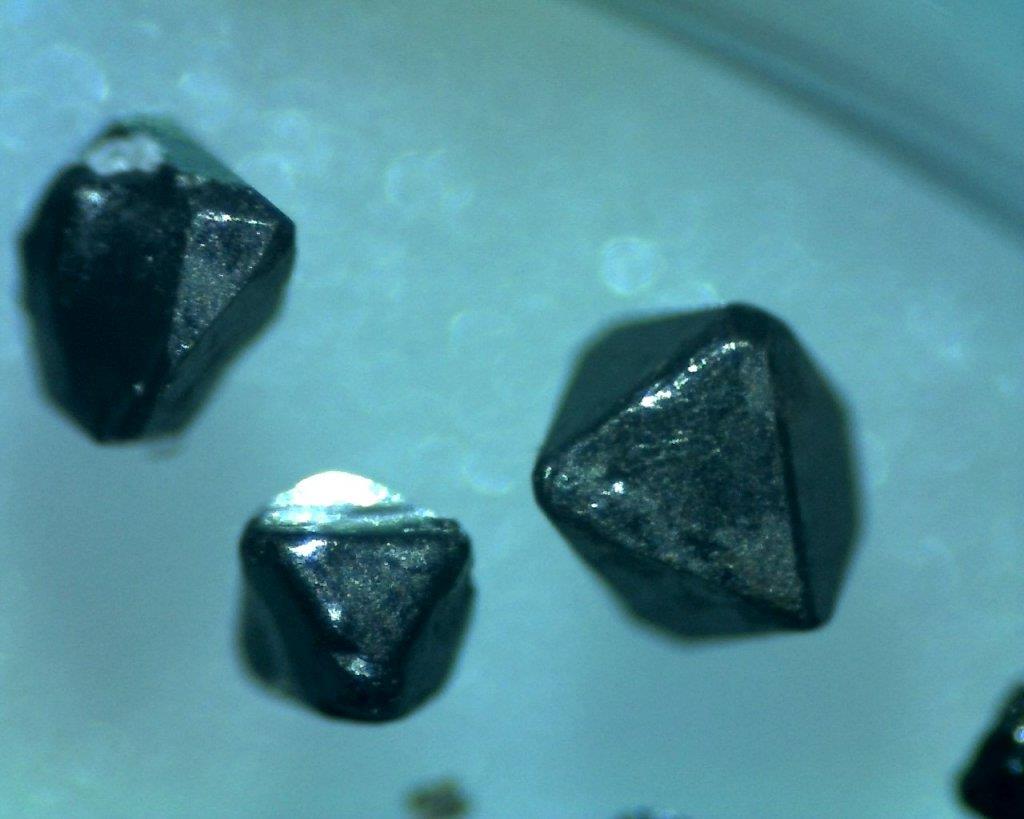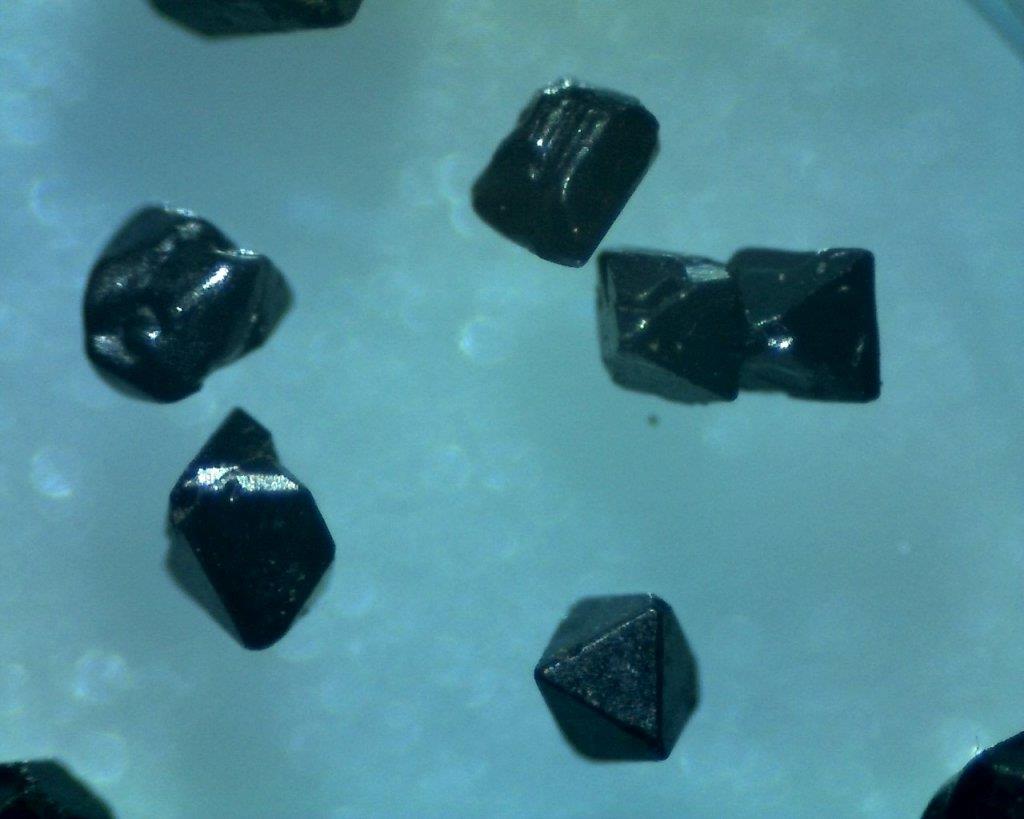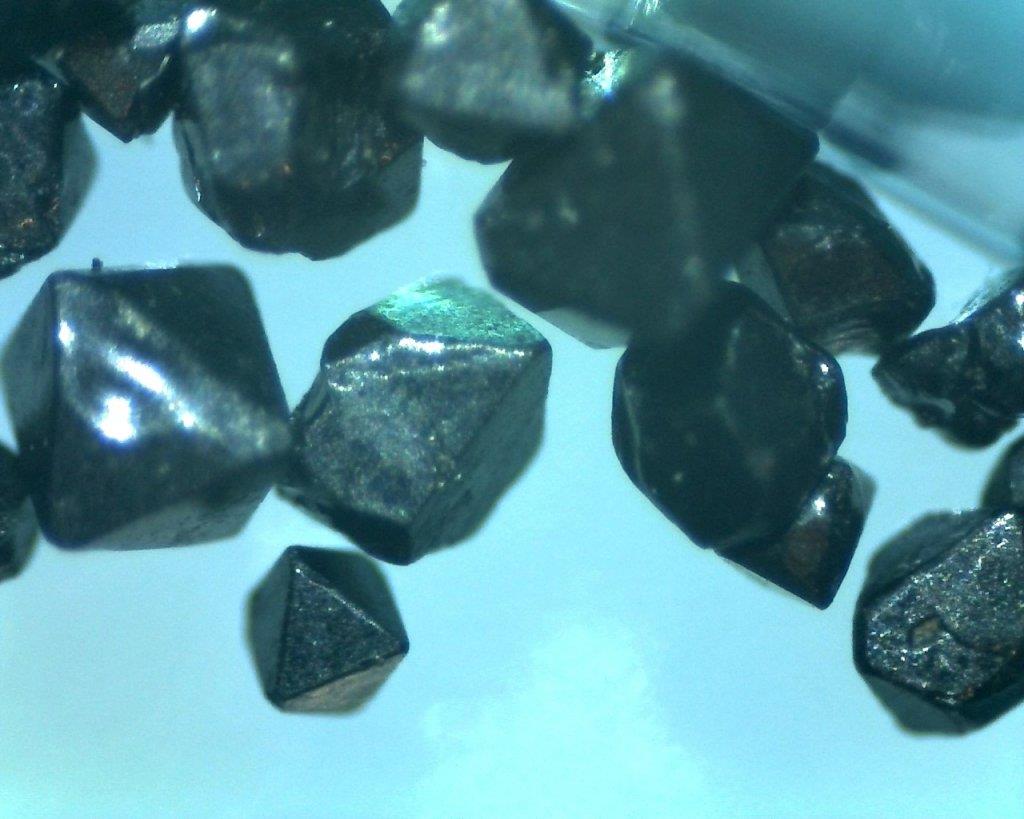Rivarat
Brad Grant
I found these a few years ago.
They are small at best they are about the size of a pin head, but I have a new toy - a mircoscope, it brings out a whole new world.
They are heavy they were all in the bottom of the pan.
They don't seam to be magnetic.
The area they came from is in north east Vic. not known for anything, although there are sapphires and zircons about 15km away as the crow flies.
I won't say just were yet, as we did find a nice little blue sapphire (about twice the size of a matchhead) with these crystals, but haven't been back yet with the sieves.
These are tiny crystals the photos are at 60x resolution



They are small at best they are about the size of a pin head, but I have a new toy - a mircoscope, it brings out a whole new world.
They are heavy they were all in the bottom of the pan.
They don't seam to be magnetic.
The area they came from is in north east Vic. not known for anything, although there are sapphires and zircons about 15km away as the crow flies.
I won't say just were yet, as we did find a nice little blue sapphire (about twice the size of a matchhead) with these crystals, but haven't been back yet with the sieves.
These are tiny crystals the photos are at 60x resolution






